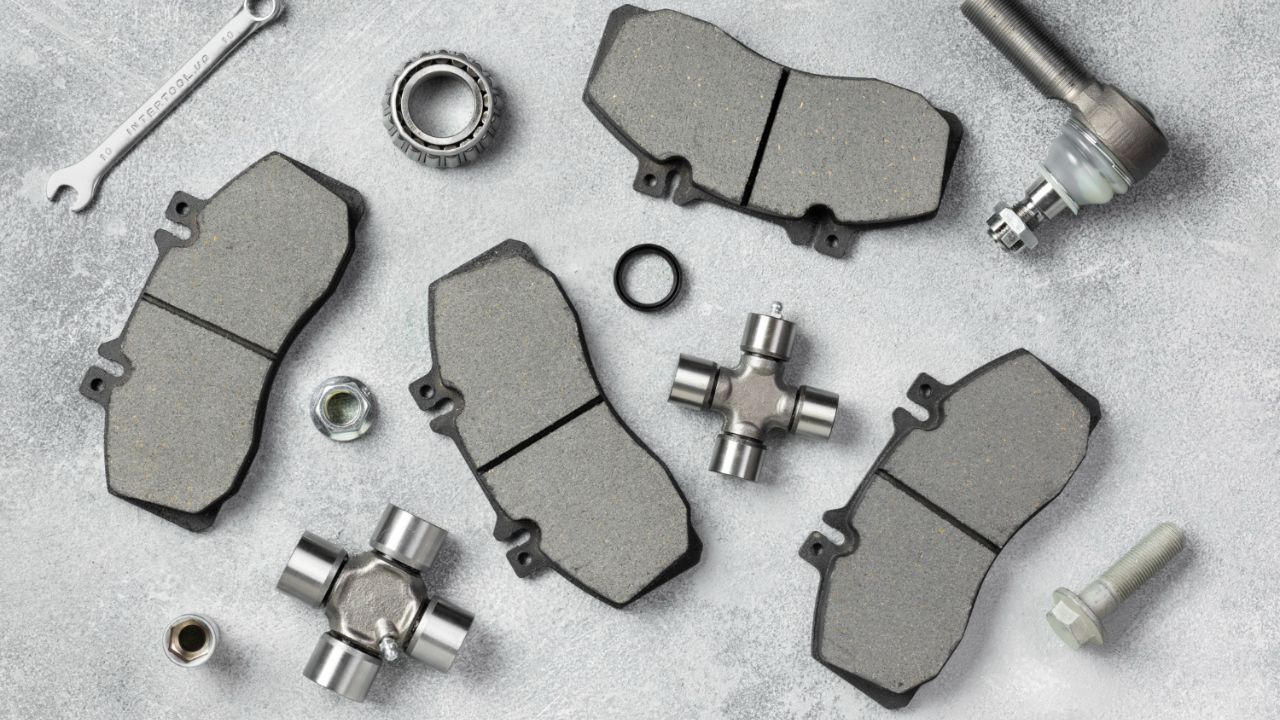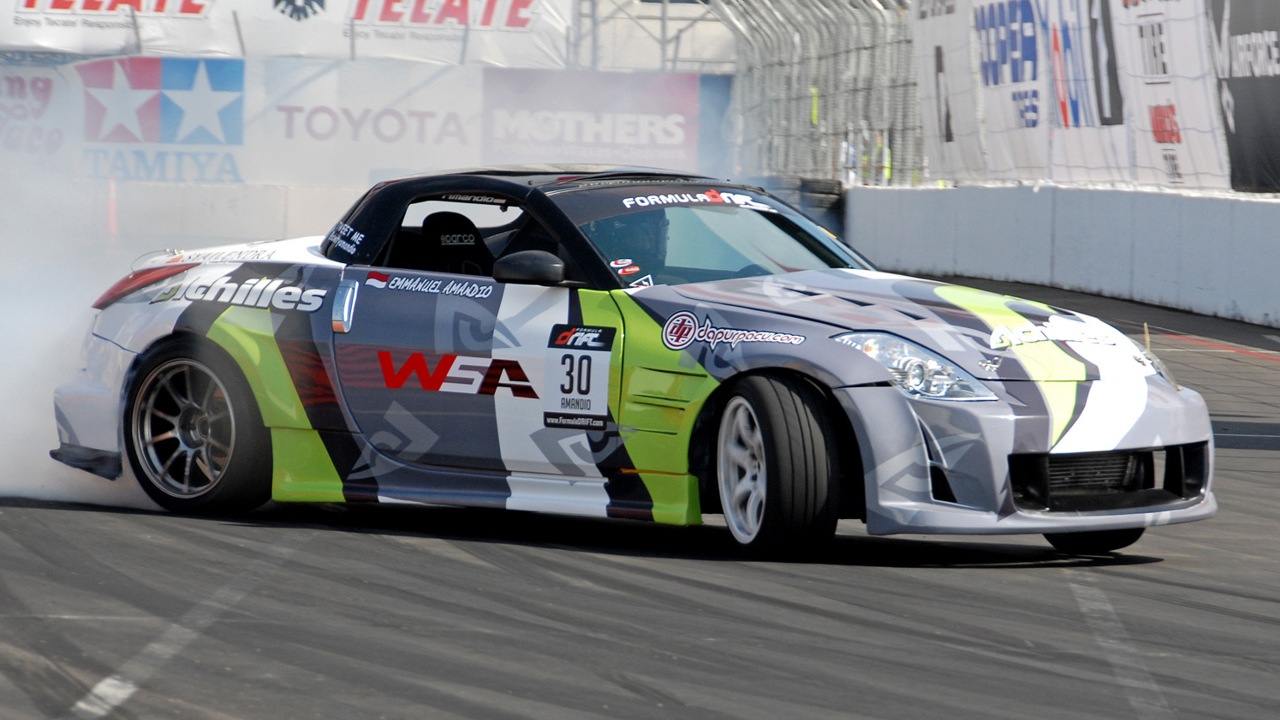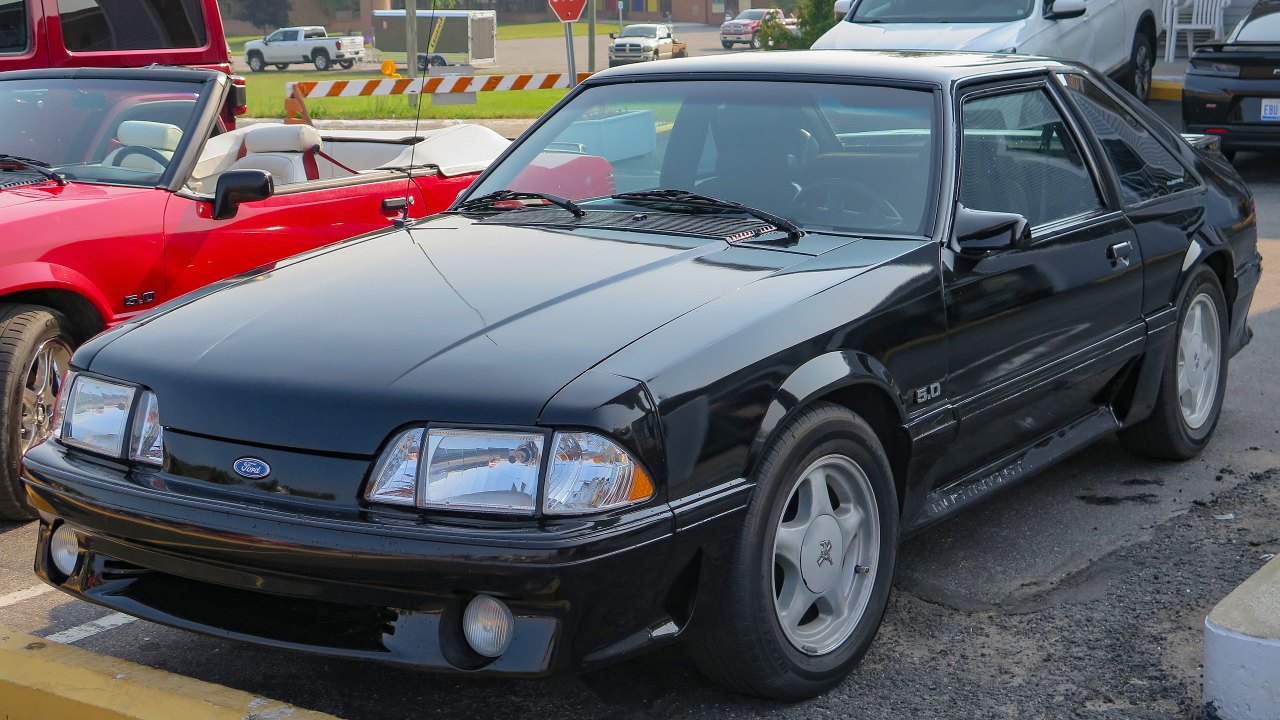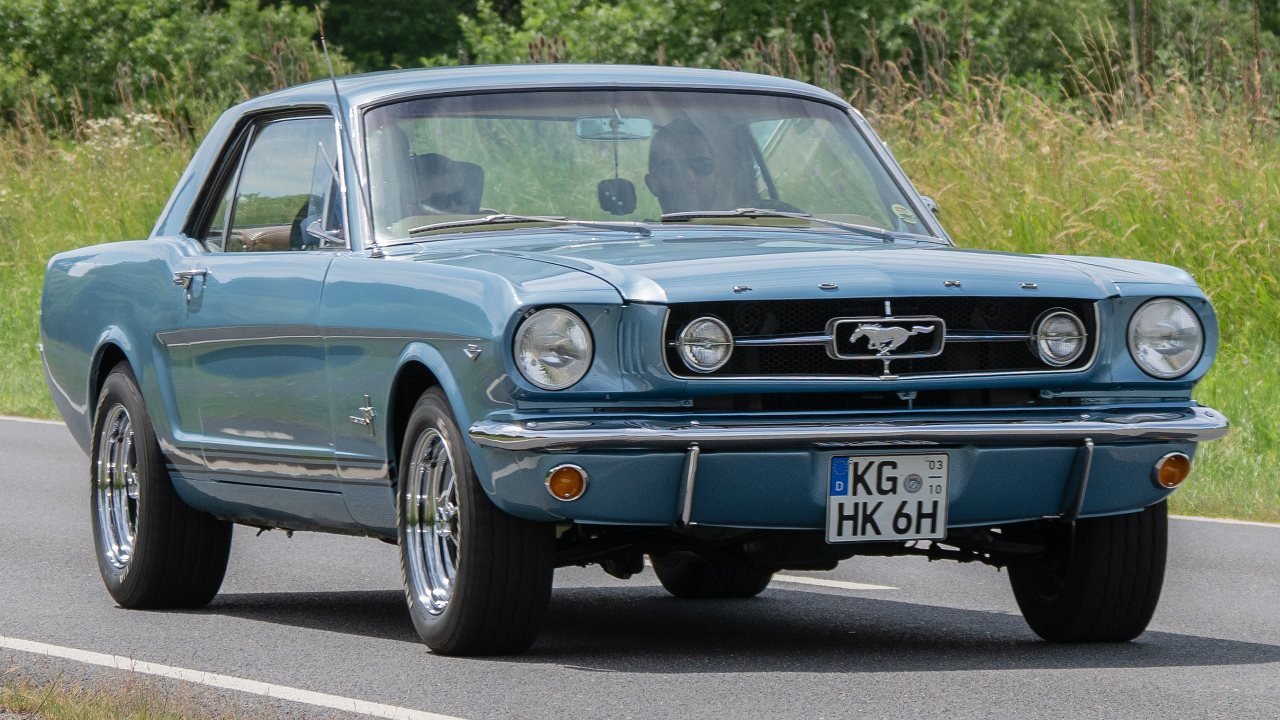In the world of automotive performance, upgrading brakes is a common consideration for enthusiasts looking to improve their vehicle’s stopping power. Two popular options are performance brake pads and big brake kits, each offering distinct advantages and catering to different needs. This discussion will delve into the differences between these two upgrades, helping you decide which is the best fit for your driving style and vehicle.
Understanding Performance Brake Pads
Performance brake pads are designed to provide better stopping power and heat management compared to standard pads. They are typically made from advanced materials such as ceramic, semi-metallic, or carbon fiber composites, which contribute to their enhanced capabilities. These materials allow the pads to withstand higher temperatures without losing effectiveness, making them a popular choice for those who demand more from their braking systems.
The primary advantages of performance brake pads include improved stopping distances and greater resistance to brake fade, which is a loss of braking power under extreme conditions. For instance, a 2020 Ford Mustang GT equipped with high-performance ceramic brake pads can handle the rigors of track days while still being suitable for everyday driving. These pads are often favored by enthusiasts who want to maintain their vehicle’s stock brake setup while achieving better performance.
Performance brake pads are best suited for vehicles that see a mix of daily driving and occasional spirited driving, such as the 2022 Honda Civic Type R. They are also ideal for track cars that require consistent braking performance during high-speed events. While they may not provide the dramatic improvement that a full brake system upgrade offers, they are a cost-effective way to enhance braking capabilities.
Exploring Big Brake Kits
Big brake kits offer a comprehensive upgrade to a vehicle’s braking system, featuring larger rotors, calipers, and often braided steel brake lines. The increased size and improved materials of these components allow for greater heat dissipation and enhanced braking torque, which is crucial for high-performance applications. A 2021 BMW M4, for example, can benefit significantly from a big brake kit, especially when used in competitive driving scenarios.
One of the key performance benefits of big brake kits is their ability to handle repeated heavy braking without experiencing a drop in performance. This is particularly important for vehicles like the 2023 Jeep Wrangler Rubicon, which may be used in off-road conditions where reliable braking is crucial. The kits provide a more substantial improvement in braking power compared to performance pads alone, making them a preferred choice for drivers seeking the utmost in stopping performance.
Big brake kits are ideal for high-performance and off-road vehicles that are regularly pushed to their limits. They offer superior performance under extreme conditions, such as track days or demanding off-road trails. While they require a higher initial investment, the benefits in terms of safety and performance can be substantial for drivers who need maximum braking capability.
Comparative Analysis: Performance Brake Pads vs. Big Brake Kits
When considering cost, performance brake pads are generally more affordable than big brake kits. A set of performance pads for a 2019 Chevrolet Camaro SS might cost a few hundred dollars, while a complete big brake kit could run into the thousands. Additionally, pads are typically easier to install and maintain, making them a practical choice for those with budget constraints or limited mechanical experience.

In terms of performance impact, big brake kits offer a more significant improvement in braking power and pedal feel compared to performance pads alone. For example, upgrading a 2024 Audi RS6 Avant with a big brake kit can reduce stopping distances and enhance driver confidence during aggressive driving. However, for a daily driver that sees occasional spirited driving, the incremental improvements from performance pads may suffice.
Installation and compatibility are also important factors to consider. Performance brake pads are often a direct replacement for stock pads, making installation straightforward. Big brake kits, however, may require additional modifications or adjustments to fit properly, particularly on vehicles not originally designed for larger brakes. It’s essential to consult with a professional to ensure compatibility and proper installation.
Making the Right Choice for Your Vehicle
When deciding between performance brake pads and big brake kits, it’s important to assess your driving needs and performance goals. For a 2025 Tesla Model 3 owner who primarily uses their vehicle for commuting but enjoys occasional spirited drives, performance brake pads might offer the right balance of cost and performance.
Budget is also a crucial consideration. While big brake kits provide superior performance benefits, they come with a higher price tag. Evaluating the cost versus performance gain can help you determine which upgrade offers the best value. For many drivers, a set of high-quality performance pads might deliver the desired improvement without the significant expense of a full brake system overhaul.
Expert recommendations often play a role in the decision-making process. Consulting with industry professionals or experienced enthusiasts can provide valuable insights into which option might be better suited for your specific vehicle and driving habits. For example, a seasoned track driver might suggest big brake kits for a 2026 Porsche 911 GT3, while a local mechanic might recommend performance pads for a daily-driven 2021 Subaru WRX.
Common Misconceptions and FAQs
There are several misconceptions about brake upgrades that can lead to confusion. One common myth is that big brake kits are necessary for all performance improvements, which is not always the case. While they offer significant benefits, not every driver requires that level of performance enhancement. It’s essential to match the upgrade to your actual driving needs.
Frequently asked questions about brake upgrades often revolve around maintenance and longevity. For example, how often should performance brake pads be replaced? Generally, they have a shorter lifespan than standard pads, especially when used in high-performance conditions. Big brake kits, while durable, also require regular maintenance to ensure optimal performance.
Real-world examples can provide valuable insights into the effectiveness of brake upgrades. Consider a 2020 Toyota Supra owner who opted for performance pads and reported improved braking response during daily driving and weekend track events. Conversely, a 2018 Ford F-150 Raptor owner who installed a big brake kit noted a significant improvement in stopping power and control during off-road excursions. These experiences highlight the importance of choosing an upgrade that aligns with your specific needs and driving conditions.
Like Fast Lane Only’s content? Be sure to follow us.
Here’s more from us:
*Created with AI assistance and editor review.






Leave a Reply